Workforce Diversity: Definition, Types, Importance, Challenges, & Ways To Manage
We all are different in terms of background, experience, and characteristics like age, gender, skills, education, abilities, religion, attitudes, and so forth which are our diversity i.e. uniqueness. And, when we enter the workplace we become a part of the workforce diversity.
Here we will discuss different aspects of workplace diversity in detail.
What is Workforce Diversity?
Workforce diversity refers to the collection of employees who have differences in terms of skills, qualities, experience, education, abilities, age, gender, religion, culture, attitude, economic status, etc. in the workplace. The more differences employees possess the more diversified workforce will be.
In simple terms, workforce means the people who perform the work and diversity means the uniqueness they possess. Thus it refers to heterogeneous employees in the organization.
It has become an important management concern in the workplace. Managers have to manage the uniqueness of employees and create an inclusive workplace where every individual employee should feel valued and considered.
The effectiveness of diverse workforce management greatly determines the performance and positive outcomes of the organization. It benefits productivity, cooperation, team spirit, employee morale, serving diverse customers with ease, etc., as well as managers, have to get through the different challenges.
Types of Workforce Diversity
There are many reasons that make the employee unique. That can be from the way a person was born, how he interacted with the environment, what he learned during his growing phase, and so forth. Mainly types of workplace diversity are found of four types. They are:
Internal Diversity
Internal diversity refers to that trait of an individual that he gains from he is born, which are inherent in nature, and can not be changed by anyone. Such age, gender, nationality, ability, etc. are some examples.
Also Read: What is Directing?
External Diversity
This diversity refers to other than internal diversity. This is that diversity that does not come along the individual born rather it is acquired by interacting with the outside world.
Such uniqueness a person can easily acquire and change according to his wish. It includes education, skills, achieved status, experience in life, religion, culture, and knowledge about international practices.
Organizational Diversity
This is the diversity an individual earns upon his tenure in the organization. This includes the characteristics an employee possesses inside the organization such as jobs he performs, responsibilities-authority he holds, employment status, payment status, position status, membership in unions, etc.
Worldview Diversity
Worldview diversity refers to how an individual conceptualizes worldwide events, trends, and information. It consists of the above internal, external, and organizational workforce diversities.
Read Also: What is Organizational Structure?
What is the Objective of Workforce Diversity?
The main objective of workforce diversity is to establish an inclusive working environment where all the differences of employees are respected and everyone feels valued. It aims to make the diversity or differences of employees strong factors instead of conflicting factors.
A diversified yet inclusive workforce can result in employee motivation, harmony in the workplace, better performance, the emergence of new ideas, etc. which let the company be innovative and competitive in the market.
Importance of Workforce Diversity
A diverse workforce needs to be managed properly. By managing the uniqueness of employees an organization can be benefited in the following ways:
New Ideas and Perspectives
More people means more ideas. A diversified workforce gives an organization new and unique ideas and perspectives to do the required tasks.
As the employees have different backgrounds and knowledge they can contribute new perspectives which can be beneficial in making more resulted oriented plans and strategies.
Reduced Turnover
An inclusive workplace is the means to effectively manage and guide diversified people. It ensures equality and equity in the workplace. It gives fair treatment and value to all employees which is the means to motivate and extract the best from every employee.
Innovation and Productivity
Unique characteristics of diversified people are the source of innovation. As they have various skills, knowledge, and expertise they can spark new ways to do things and increase productivity.
Serve Better To Diverse Customer
When people come from different backgrounds they have better knowledge about different types of customers, communities, and markets which lets the organization serve diverse customers better than competitors.
Improves Decision-Making
A diverse workplace may also help to improve and faster the decision-making in the organization. As they have different perspectives and ideas the company can be able to make better decisions that will prove competitive and successive for goals achievement.
Challenges in Workforce Diversity
A diversified workforce is important to an organization for ensuring creativity, productivity, and goal achievement but ensuring this management has to face some challenges.
Related: Pros and Cons of Diverse Workforce
Managing these challenges is a must for managers to ensure an inclusive working environment. Such as:
Managing Conflicts
Conflicts are common in the workplace. When people have different backgrounds and attitudes there is always a possibility of interest clash. This can negatively affect the performance and completion of tasks which might result in inefficient results.
Communication Difficulties
Diversity, there do include the language and understanding levels of employees. When one employee does not understand the language of others the intended message can not be delivered. This creates difficulty while communicating among employees.
Resistance to Change
Employees may oppose the change management wants to bring into the organization. The change might not align with the expectations of a diversified workforce which result in resistance to change.
Harmonization of Objectives
Different employees have different personal objectives they want to get fulfilled while doing organizational tasks. It is a challenging task for managers to harmonize the objectives of such diversified employees objective with the organizational objectives.
Risk of Discrimination
Biasness and discrimination can also be seen in the organization as people possess different cultures, attitudes, values, and prejudices. As there is a diverse workforce there is a chance of such immoral activities. This can lead to employee frustration and lowers productivity.
How To Manage Workforce Diversity?
Management of workforce diversity is the duty of the managers to create a workplace inclusive for all employees that make it possible to take advantage of employees’ differences.
There can be many ways a manager can manage the diversified workforce some of them are mentioned below:
Right HR Team
The first step you can take to manage diversified people is through the right HR team. If the HR team does not know whom to hire and whom the company wants they will not hire the right personnel.
They should first know the company requirements and hire the people.
Training
Training is necessary for employees to make them understand the importance of diversity in the workplace. It helps them take better steps with others while fulfilling the organizational roles and responsibilities. Better training also ensures low conflicts and discrimination.
Open Communication
You should make open communication in the workplace. Let your employees know how to communicate issues related to diversity and use inclusive language to help them feel comfortable at work.
Diversity Policies
Diversity policies are designed to ensure an inclusive working environment. This policy helps to reduce unnatural practices like biases, discrimination, favoritism, and harassment in the workplace. This ensures harmony and cooperation in the organization.
Compensation and Benefits Policy
So far various backgrounds of employees are hired, trained, and assigned duties. They should not be compensated differently based on their diversity only. The compensation should be in accordance with the duties and position they acknowledge.
In Conclusion…
Hence, workforce diversity is employees with different backgrounds and managing the employee’s differences. Managers should not ignore the potentiality of employees’ differences and maintain an environment where diverse strengths and perspectives of employees perform the best.
Read Next: Importance of Diversity in the Organization
Sajan Kushmi is a content writer with more than 4 years of experience. He holds BIM Degree. He write on the topics related to Management, Marketing, and Entrepreneurship.
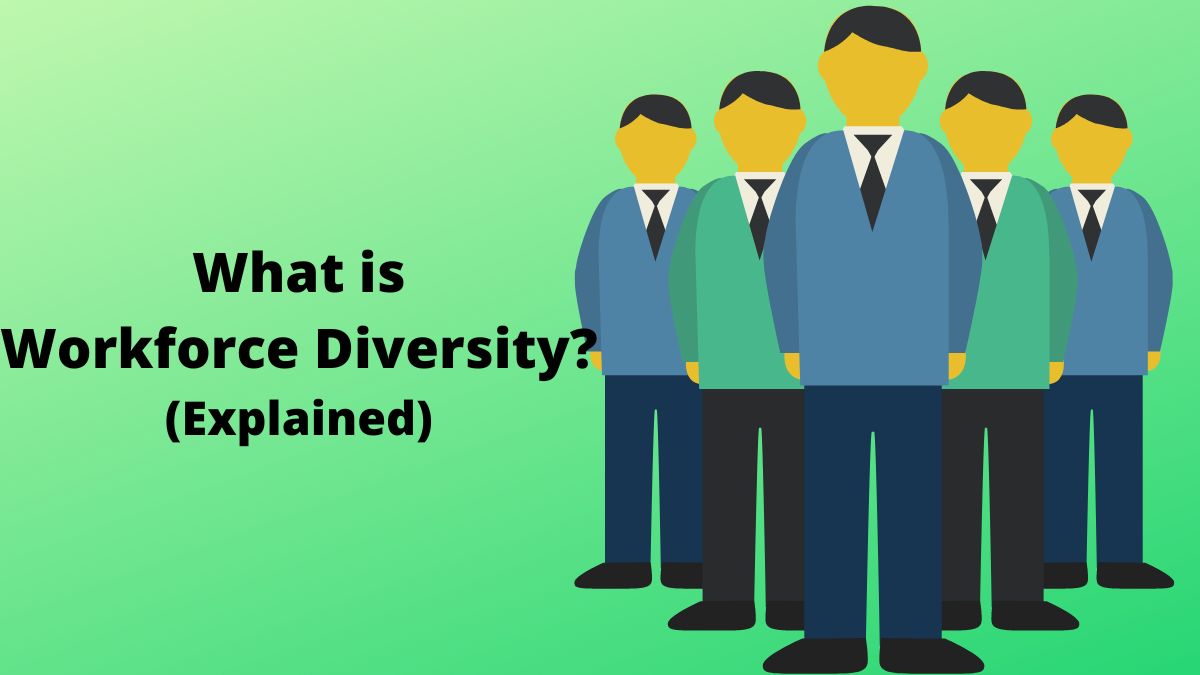
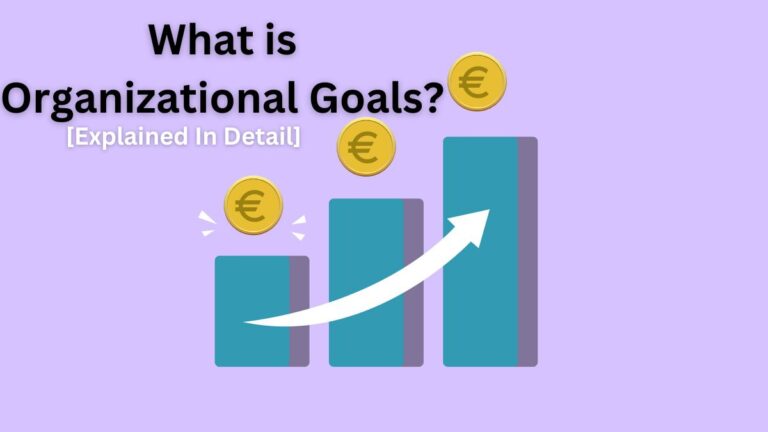
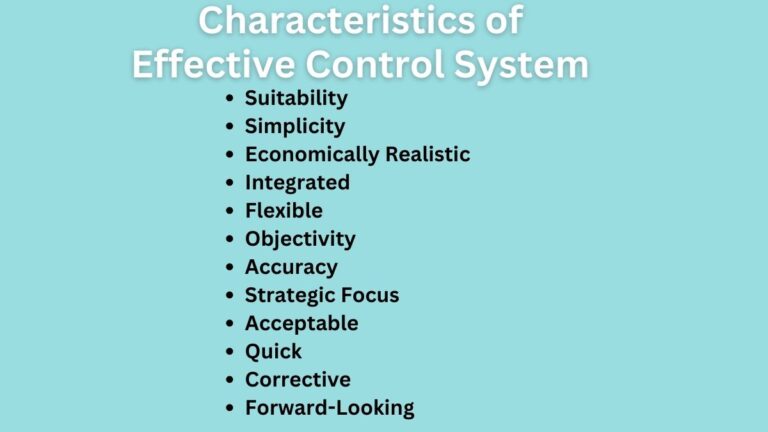

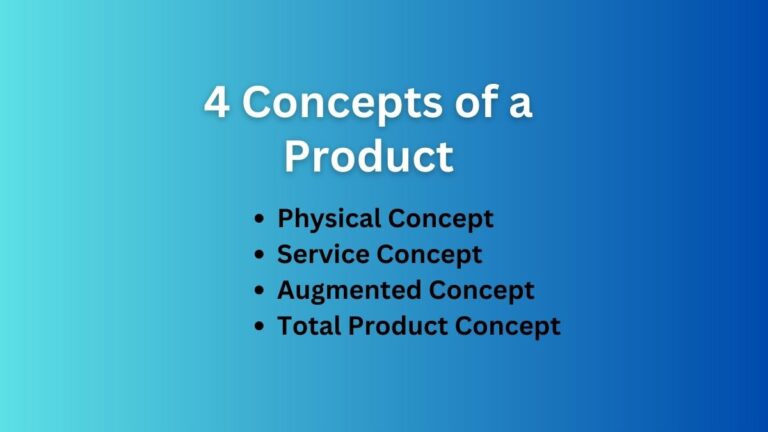

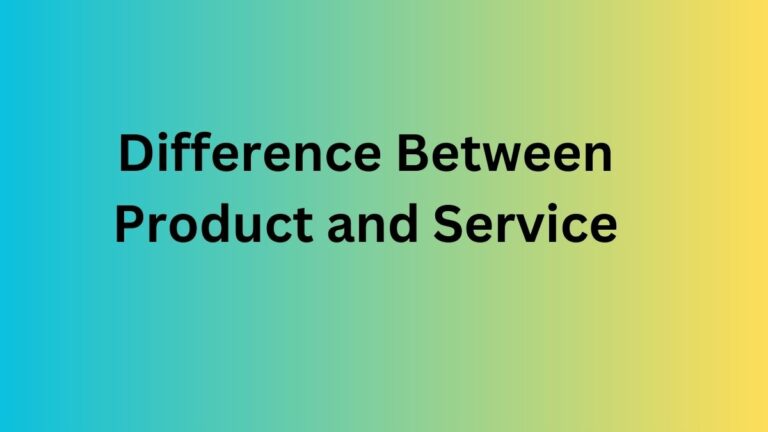
Diversity increases the Innovation and Productivity of organization.